According to data from the National Bureau of Statistics, in 2022, the total grain production in China reached 1373.1 billion catties, an increase of 7.4 billion catties compared to the previous year, and remained above 1.3 trillion catties for 8 consecutive years. Among them, the intelligent agriculture with precise production, visualized management, and intelligent decision-making plays an indispensable role.
1. Unmanned farm
The current farm is a new scene, with unmanned irrigation machines in the fields that can automatically replenish water according to the soil moisture content. Unmanned tractors rely on the Beidou system to plan routes for rotary tillage and plowing in the fields; There are also drones spraying pesticides on crops in the air. Smart new agricultural tools have added intelligent and digital wings to agricultural production, and modern farmers can achieve full supervision of crop growth through “cloud based” management. At present, the comprehensive mechanization level of major crop cultivation and harvest in China has exceeded 72%, and the comprehensive mechanization rates of wheat, corn, and rice, the three major grain crops, have exceeded 97%, 90%, and 85%, respectively.
2. Plant Factory
No matter how the weather changes outside, the 100000 square meter technology greenhouse has always been like spring all year round. The temperature of around 22 ℃ ensures that tomatoes can grow for up to 10 months in a year, which is more than three times the yield of ordinary greenhouse tomatoes in the same area. Dense pipelines and sensors can be seen everywhere in the greenhouse, intelligently sensing the production process, accurately controlling the temperature and humidity of vegetable growth, as well as water and fertilizer drip irrigation. The integrated application of new technological means has enabled plant factories to break the limitations of weather, season, and land, resulting in continuous cropping of vegetables and the fragrance of fruits and melons throughout the year. Data shows that facility vegetable production accounts for 30% of China’s total vegetable production and has become an indispensable part of vegetable production and supply.
3. Smart granary
Blow the air conditioner to suck in nitrogen, and the grain will be stored in the “smart warehouse”. A smart granary with a length of 60 meters and a width of 23 meters, storing 6530 tons of corn and maintaining a temperature below 15 ℃ year-round. 336 grain condition sensors are installed throughout the warehouse to monitor the temperature, humidity, pest infestation, and other conditions in real-time. Once any abnormalities occur, the intelligent system will issue an alert. If pests and fungi appear in the grain, nitrogen gas from the air is separated and fed into the grain pile, keeping the grain in an “anaerobic” state and suffocating pests and microorganisms. Data shows that the storage period of corn is usually 2-3 years, and within a complete storage period, smart granaries can control the comprehensive loss rate of corn within 0.5%.
4. Smart Farm
Farms also use ‘black technology’. Pigs live in standard rooms, equipped with many sensor devices around them. The ventilation, temperature, humidity, feeding, and other aspects of the enclosure are controlled by the system. In such a farm, raising 10000 pigs requires only three people. How can modern dairy farming increase milk production? Here, a cow’s daily rations are accurately matched and monitored in real-time through intelligent ear tags. Based on this information, the system can easily classify high, medium, and low yielding cows. These data also provide important basis for breeding. Currently, the breeding rate of high-quality cows has reached over 90%.
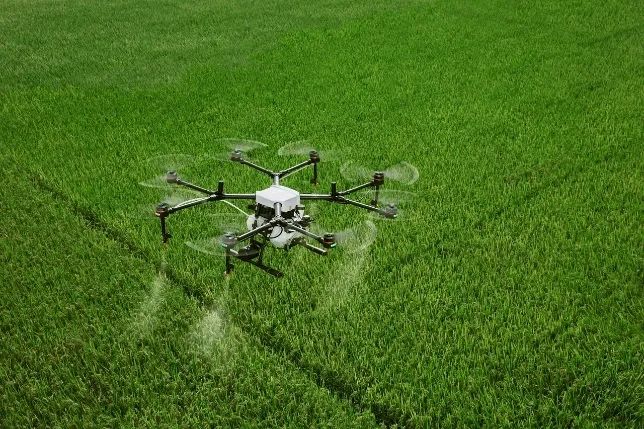



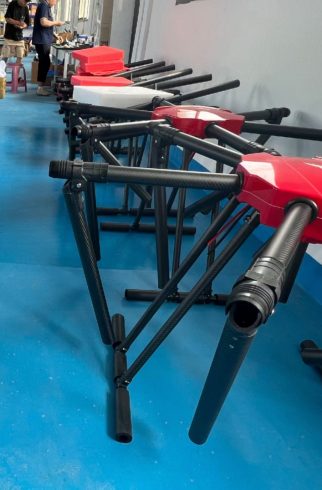
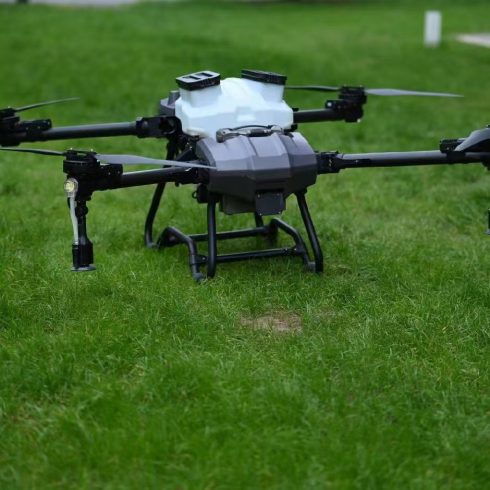

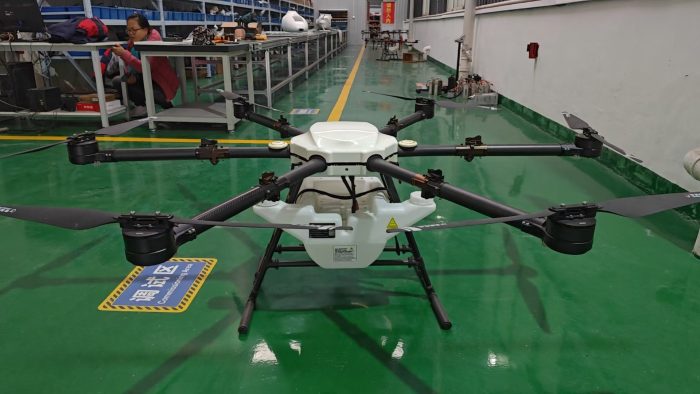
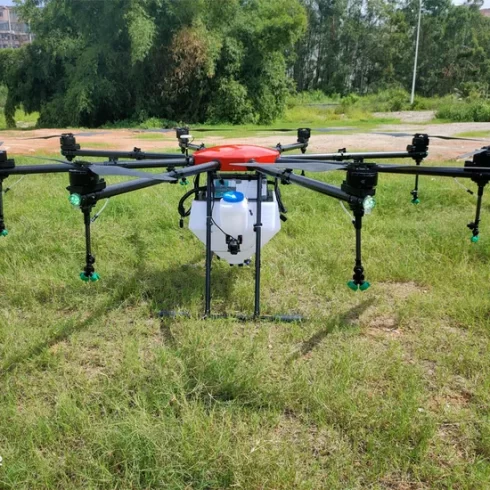
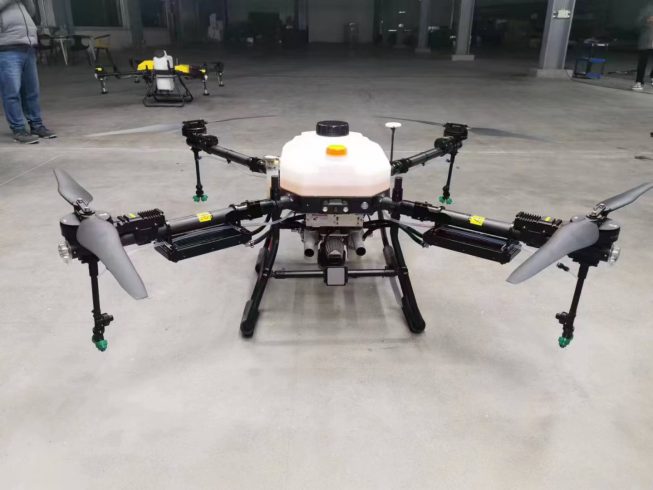
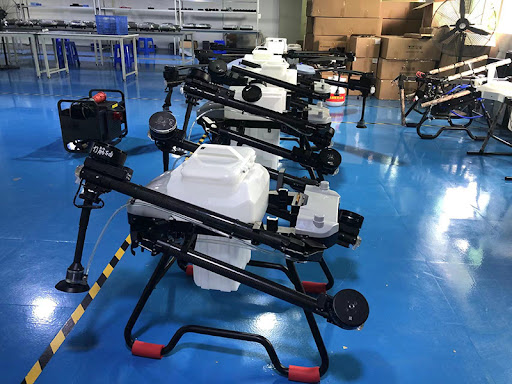

暂无评论内容